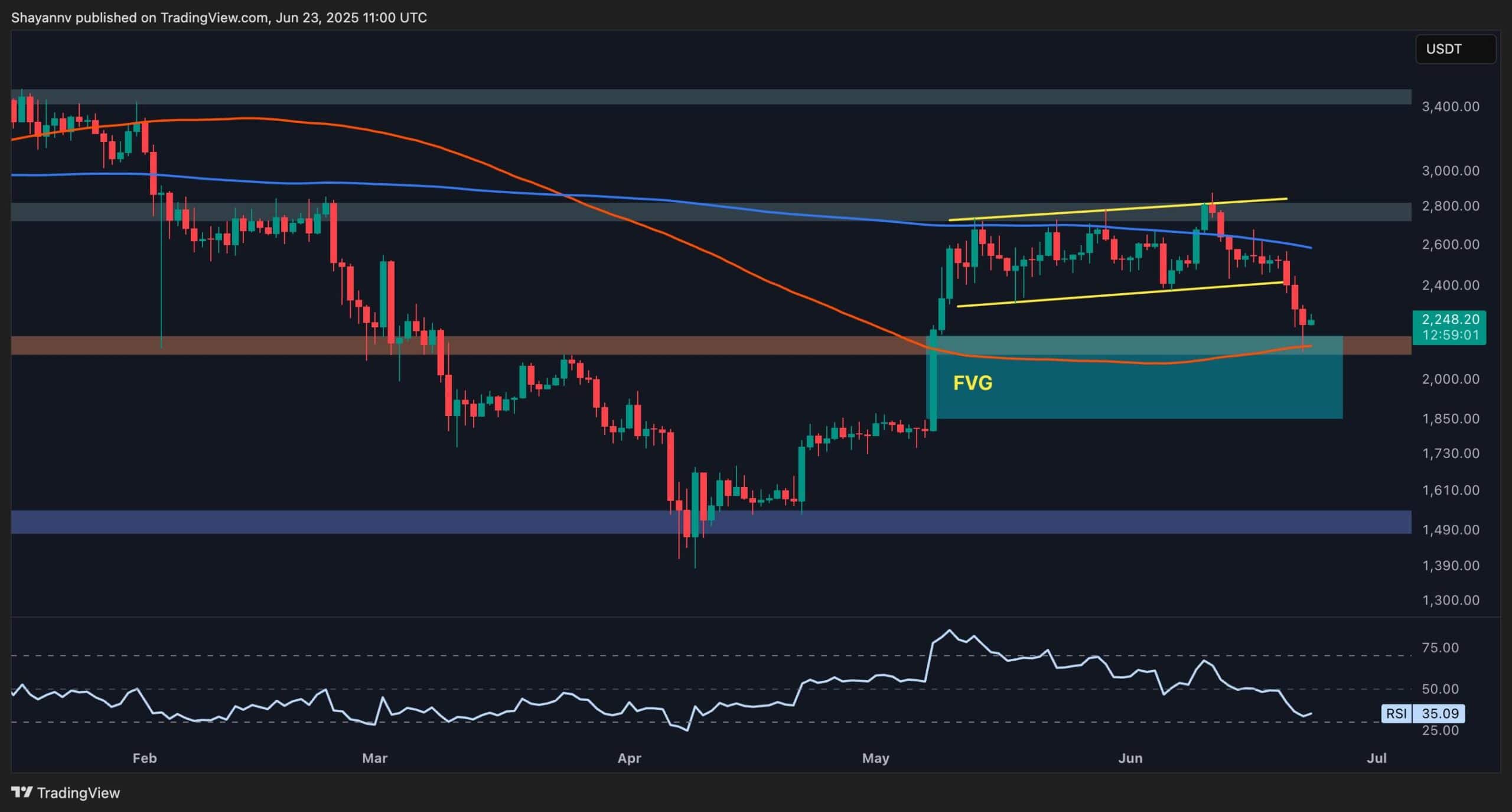The following is a guest post and opinion of Dr. Benjamin Beckmann, CTO at Midnight.
Blockchain technology leaves us far more exposed than you might realize – certainly more exposed than the traditional financial system does.
Take the example of buying a cup of coffee. In the traditional financial system, the transaction is simple: you tap your card and walk away. The barista forgets about it as soon as it’s done, and your bank ensures that nobody has access to your transaction data. In other words, no one knows when, where, or what you bought, except for you.
Now, imagine the same transaction in the world of Web3. The details of that coffee purchase no longer end at the counter. Instead, they become part of a public record. While transactions are pseudonymous, wallet addresses and behavioral patterns can be analyzed over time, allowing third parties to infer your identity and track your financial activity.
Anyone could, in theory, see when, where, and what you bought, as well as who you’re transacting with. But this is not the default: wallet addresses are not universally linked to real-world identities. The risk arises when patterns emerge over time, especially if someone repeatedly transacts with the same wallets or uses exchanges that require KYC, making it easier to draw inferences about their activity and link it to a real identity.
While not every user will necessarily be compromised, linking routine transactions – groceries, subscriptions, gifts – over time could create a detailed map of your personal habits. This kind of transaction tracing has been exploited before. In a well-known case, attackers tracked wallet activity on OpenSea to identify high-value targets, leading to a phishing attack that resulted in over $1.7 million in stolen NFTs. Worse still, Web3’s very reputation for transparency leads both institutions and consumers to overestimate these kinds of risks, hindering more widespread adoption.
Blockchain technology, which underpins Web3, was created to improve transparency and efficiency. It promised to empower users by giving them control over their data and interactions. While it has achieved those goals in part, it also introduced a problem: everyday transactions that were once private are at risk of public exposure, and transparency itself can be a turn-off for potential users. For individuals and businesses alike, this raises a critical question: is this what we really want?
Web3’s transparency comes at a cost
In many financial systems, privacy measures vary in strength, but they generally offer more discretion than blockchain-based transactions. For example, when you use a credit card, the details of the transaction do not make their way to a public database.
While banks and payment processors can see transaction details, both regulatory safeguards and business development priorities incentivize them to limit unauthorized access and help maintain user privacy. Cash, on the other hand, offers even greater anonymity, as it leaves no digital footprint. These payment methods allow for secure transactions while safeguarding individual privacy.
In contrast, the foundation of Web3 is radical transparency. Details of every transaction are permanently recorded on a public blockchain. This transparency was meant to build trust and reduce fraud by preventing tampering or double-spending. Yet blockchain’s transparency is a double-edged sword.
By keeping transaction patterns, timestamps, and behavioral data transparent, blockchain’s design ensures that transaction data is accessible to anyone who cares to look. While wallet addresses do not contain personally identifiable information on their own, they create a trail of transactions that can be analyzed. If a wallet address is ever linked to an identity, through a centralized exchange, an ENS domain, a social media post, or an NFT purchase tied to an email, anyone can trace past and future transactions to build a clear financial map of the individual.
While pseudonymity or encryption may provide a sense of security, in reality, another layer of vulnerability remains: metadata, or the information surrounding transactions. While it might seem harmless, metadata can reveal significant insights when aggregated. Patterns emerge that can expose individual habits, preferences, and weaknesses.
This exposure isn’t just theoretical. CoinGecko confirmed a security breach in which attackers gained access to 1.9 million user email addresses, along with metadata such as IP addresses, location of email opens, and subscription details. The hackers then sent over 23,000 phishing emails, attempting to exploit this metadata to trick users into revealing sensitive crypto wallet credentials. This case highlights how seemingly minor data points, when combined with publicly visible blockchain transactions, can be pieced together to identify and target individuals.
The implications go beyond individuals. Businesses are equally exposed, as the transparency of on-chain transactions within supply chains can inadvertently reveal sensitive operational details or patterns. For instance, competitors might deduce activity patterns or strategic shifts by analyzing transaction trends, potentially undermining a company’s competitive advantage. In a world where privacy is already a scarce commodity, Web3 amplifies these vulnerabilities rather than alleviating them.
How can we design a better Web3?
The question then becomes: how can we design systems that preserve the benefits of blockchain while mitigating its privacy risks? The solution lies in rethinking how data is handled at every step.
One approach is to develop privacy-by-design systems that inherently limit data exposure. These systems go beyond blockchain and are found in tools like secure messaging apps (e.g., Signal) and privacy-focused browsers (e.g., Brave), which minimize data collection while preserving usability. In the blockchain context, the challenge is greater because transparency is built into the technology. To address this, platforms must keep sensitive information locally on the user’s device and avoid generating metadata entirely to ensure no sensitive traces are left behind.
Key to this approach is selective disclosure – a data minimization concept that provides users with more control over what information they share. For example, when applying for a loan or renting a home, individuals should only need to share the specific financial details relevant to eligibility – not their entire transaction history or other unnecessary personal data.
Similarly, in social media settings, users should be able to verify their identity to create accounts without sharing unrelated private information, such as date of birth or specific location.
Selective disclosure is particularly relevant in sectors like healthcare. For instance, when applying for health insurance, individuals should be able to share only the medical information necessary to determine eligibility without exposing their full medical history.
Such systems empower individuals to interact securely while maintaining control over their data. The same principle applies to education, where students should be able to verify their qualifications for a job without sharing irrelevant details about their academic history.
These solutions demonstrate that privacy isn’t incompatible with transparency. It’s about striking the right balance, giving users control over what they share and ensuring that sensitive information remains protected.
A call for balance
Web3 has succeeded in delivering transparency and control to users, but it hasn’t yet fulfilled its promise of true empowerment. For Web3 to achieve widespread adoption, reshaping how we handle sensitive data must become the priority. Without robust data protections, individuals and businesses alike are left vulnerable, unable to fully participate in this new era of technology.
The task ahead for developers, CTOs, and security experts is clear: build systems that prioritize user control, reduce metadata generation, and obscure transaction patterns. By leveraging privacy-by-design principles and enabling selective disclosure, we can create the next evolution of blockchain that combines transparency with discretion.
Only when blockchain strikes a balance between safeguarding sensitive data and transparency can we move toward a future where users are genuinely empowered to purchase, associate, and interact without fear of exposure.
The post Web3 as we know it isn’t the solution to user empowerment – it actually made things worse appeared first on CryptoSlate.



